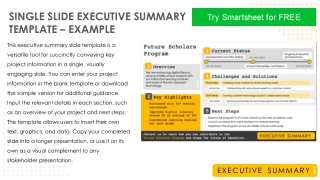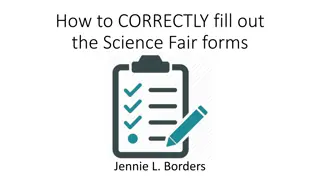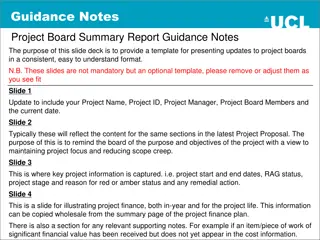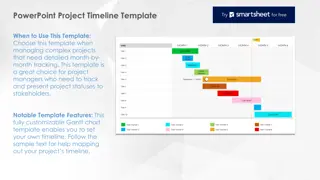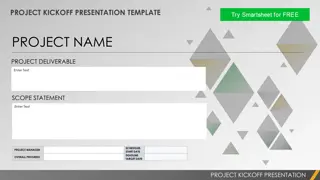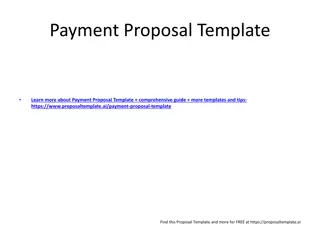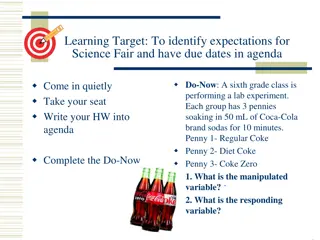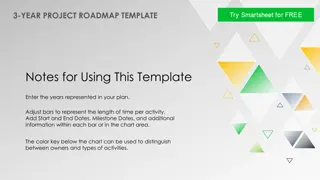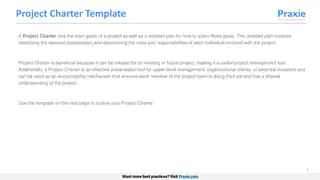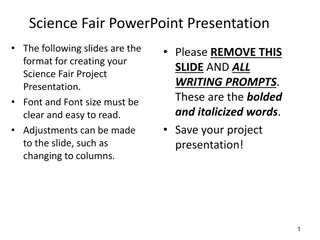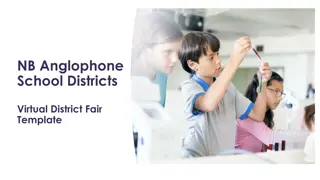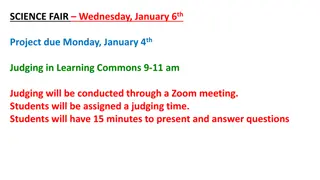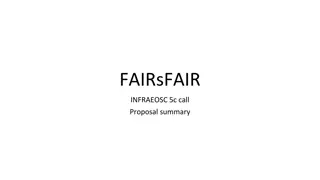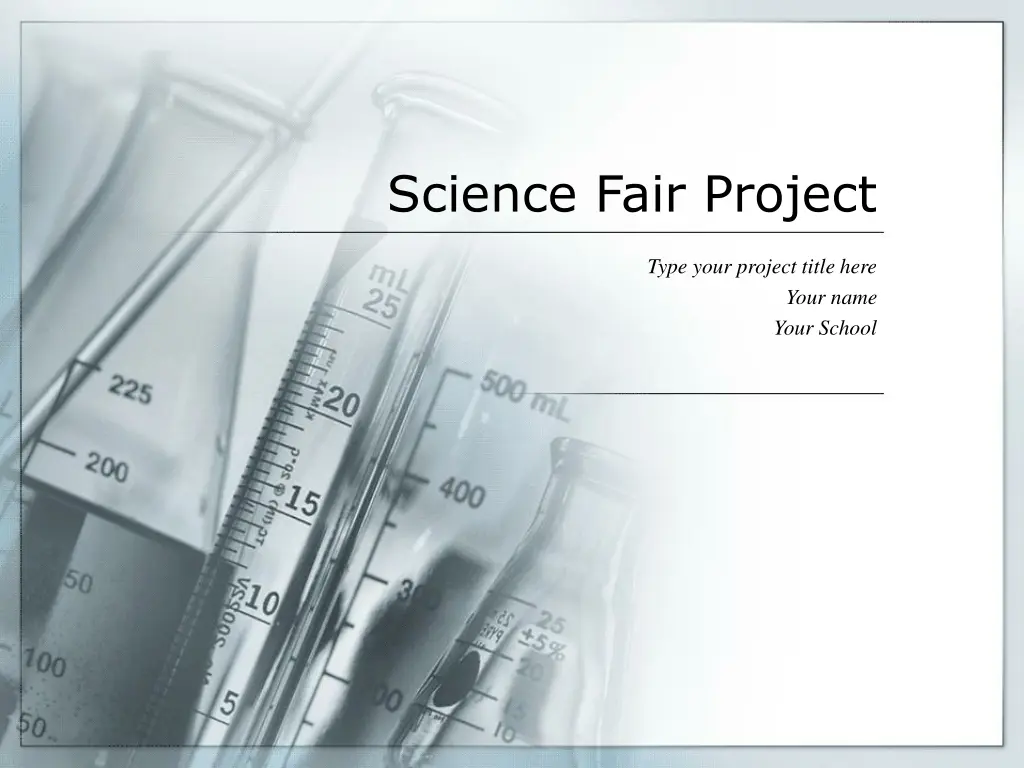
Discovering Science: A Unique Project at Your School
Explore an intriguing science fair project that provides a step-by-step approach to conducting experiments, analyzing data, and drawing conclusions. Uncover the statement of the problem, variables, hypothesis, materials needed, detailed procedures, data observations, and a conclusive summary of findings. Delve into the world of science education with this engaging project.
Download Presentation

Please find below an Image/Link to download the presentation.
The content on the website is provided AS IS for your information and personal use only. It may not be sold, licensed, or shared on other websites without obtaining consent from the author. If you encounter any issues during the download, it is possible that the publisher has removed the file from their server.
You are allowed to download the files provided on this website for personal or commercial use, subject to the condition that they are used lawfully. All files are the property of their respective owners.
The content on the website is provided AS IS for your information and personal use only. It may not be sold, licensed, or shared on other websites without obtaining consent from the author.
E N D
Presentation Transcript
Science Fair Project Type your project title here Your name Your School
Statement of the Problem Type your question here. (This is the question that your experiment answers or the problem that your invention tries to answer.)
Variables Controlled variables: These are the things that are kept the same throughout your experiments. Independent variable: The one variable that you purposely change and test. Dependent variable: The measure of change observed because of the independent variable. It is important to decide how you are going to measure the change.
Hypothesis Based on the research you have done, you will be writing an answer or solution your best educated guess to your question. Make sure you write down your hypothesis before you begin your experiment.
Materials Type a detailed list of the items you needed to complete your experiments. Be specific about the amounts used.
Procedure List all of the steps used in completing your experiment. Remember to number your steps. Add photos of your experiments in following empty slides.
Data/Observations It is easier to understand the data if it is put into a table or graph. Create a graph in Microsoft Excel and import it here. Make sure all data is clearly labeled.
Conclusion Type a brief summary here of what you discovered based on the results of your experiments. You need to indicate whether or not the data supports the hypothesis and explain why or why not. Also include any improvements that should be made

